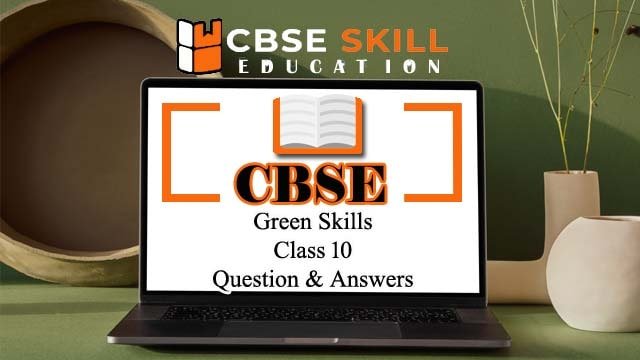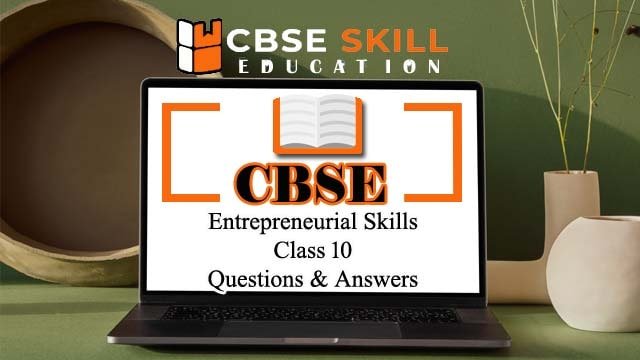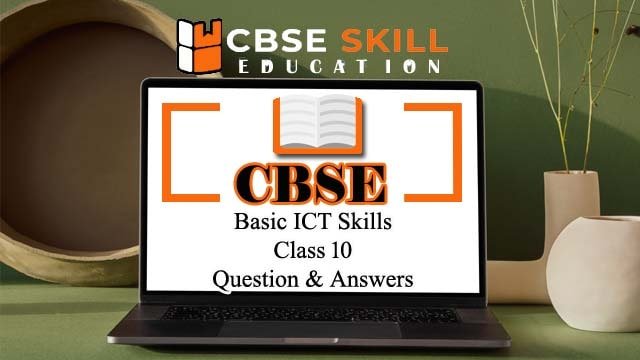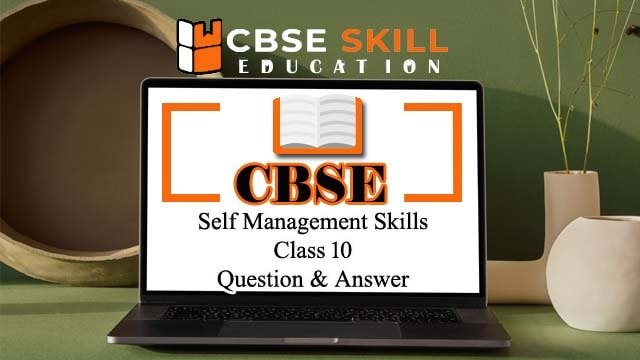Green Skills Class 10 Questions and Answers
Green Skills Class 10 Questions and Answers are based on CBSE employability skills class 10 textbook, and all the questions are from CBSE textbook only. All the important Information are taken from the CBSE Textbook Employability Skills Class X Based on CBSE Board Pattern. Green Skills Class 10 Session 1: Sustainable Development 1. What is … Read more





